Eighty years on, the atomic bombing of Hiroshima continues to provoke fierce debate, reflection, and deep moral inquiry. How did the thirteen men aboard the Enola Gay – the US aircraft that delivered the bomb that killed at least 150,000 people – live with the knowledge of what they had done?
The morning of August 6, 1945 began like any other on the Pacific island of Tinian. That was, until the Boeing B-29 Superfortress lifted into the sky. Its destination: Japan. Its payload: “Little Boy,” the first atomic bomb ever used in warfare. Piloted by Colonel Paul W. Tibbets Jnr. and manned by a crew of twelve, the mission forever altered the course of history. The explosion over Hiroshima ushered in the atomic age, marked the beginning of the end of the Second World War, and created a moral legacy that haunted and defined the lives of those aboard.
Some defended their actions unapologetically; others expressed private doubts or lingering sorrow
The men of the Enola Gay were highly trained and mission-focused, yet none could fully comprehend the historic and human weight of the operation they had executed. After the war, these men returned to civilian life or continued military careers, each navigating the public scrutiny and personal reckoning that came with their roles in the atomic bombing. Some defended their actions unapologetically; others expressed private doubts or lingering sorrow. But all of them lived in the long shadow of that moment.
Colonel Tibbets Jnr., the aircraft’s commander and pilot, remained the most visible and vocal member of the crew throughout his life. As the man who had selected the Enola Gay, named it after his mother, and led the 509th Composite Group, Tibbets carried the weight of command. Unapologetic to the end, you can only admire his message discipline, consistently defending the mission as necessary. In a 2002 interview, he reflected:
“I viewed my mission as one to save lives. I didn’t bomb Pearl Harbor. I didn’t start the war. But I was going to finish it.”
Tibbets served in the US Air Force until his retirement as a brigadier general in 1966. He never expressed remorse and, anticipating potential protests, requested no headstone after his death in 2007. His ashes were scattered over the English Channel by his French-born widow, Andrea.
Major Thomas Ferebee, the bombardier who released the bomb, shared Tibbets’ view. A seasoned airman who had seen combat in Europe, Ferebee also showed little inclination toward public reflection or regret. He returned to service after the war and retired as a colonel, keeping a low profile for much of his life. Like Tibbets, he believed the bombing had ultimately saved more lives than it had taken.
Navigator Captain Theodore “Dutch” Van Kirk was responsible for guiding the aircraft to its target. His recollections offered a blend of historical realism and quiet resignation. In a 2005 interview, Van Kirk said:
“War is war. And in war, you do what you have to do to win. It was a different time and a different place.”
After leaving the military, Van Kirk worked in private industry, remaining relatively quiet until his later years, when he began to speak more openly about the mission. He maintained that the bombing, tragic though it was, had likely prevented an even greater catastrophe. He passed away in 2014, the last surviving member of the Enola Gay crew.
Co-pilot Captain Robert Lewis, in contrast, expressed deep emotional conflict shortly after the mission. In his logbook, written during the return flight, he famously recorded:
“My God, what have we done?”
This single line became one of the most quoted responses from the mission, often contrasted with the stoic tone of Tibbets and others. But his crew members have called into question the veracity of that account. According to Van Kirk, who was sitting behind the co-pilot, as they gazed at the giant mushroom cloud enveloping the heart of Hiroshima, Lewis exclaimed: “Look at that son of a bitch go!”
Lewis, a civilian airline pilot before and after the war, wrestled with the event privately. Though he never publicly condemned the mission, his writings and interviews reflected a more complicated emotional legacy. He died in 1983.
Sergeant George “Bob” Caron, the tail gunner, was the only crew member to witness the blast directly through a rear-facing window. He captured the famous photographs of the mushroom cloud that have since become emblematic of the bombing. In his 1995 memoir Fire of a Thousand Suns, Caron defended the mission as a necessary military action and expressed pride in his crew’s professionalism. After the war, he lived a relatively quiet life and worked in sales.
Lieutenant Jacob Beser, the radar specialist, played a role not only in Hiroshima but also in the second bombing mission over Nagasaki. A physicist by training, Beser was deeply involved in the technical side of the weapon’s delivery. In later interviews, he was frank about his participation, stating that he had no regrets, though he did express concern over the uncontrolled spread of nuclear weapons in the postwar world. Beser passed away in 1992.
Several crew members chose to step away from public life entirely. Staff Sergeant Wyatt Duzenbury, Sergeant Robert Shumard, and Technical Sergeant Joseph Stiborik all returned to civilian life without engaging in public commentary. These men had played crucial roles in maintaining the aircraft and monitoring its systems, yet their postwar narratives were largely defined by silence. Their private reflections, if any, were not widely recorded.
Captain William “Deak” Parsons, the mission’s weaponeer, had the grave responsibility of arming the bomb during flight. A naval officer and ordnance expert, Parsons ensured that the weapon was live before it reached the drop zone. He continued to work in nuclear weapons development and held high-level roles in the Navy and at Los Alamos. Parsons died in 1953, before the larger public reckoning with the bomb’s legacy fully unfolded.
Ensign Morris Jeppson, Parsons’ assistant, was the man who removed the bomb’s safety plugs mid-flight, allowing it to arm. After the war, Jeppson became an electrical engineer and worked in private industry. In later life, he occasionally gave interviews in which he offered a calm, pragmatic defence of the mission. He expressed neither regret nor triumph, focusing instead on the technical precision and professionalism required for such a complex operation.
Their reflections were often grounded in the logic of the time: a brutal war, a feared invasion
As the Cold War intensified and nuclear weapons proliferated, public sentiment around Hiroshima became increasingly divided. The 50th anniversary of the bombing in 1995 brought renewed scrutiny to the crew of the Enola Gay, particularly when the Smithsonian Institution’s planned exhibit on the aircraft was met with controversy. Veterans’ groups clashed with peace activists and historians over how the bombing should be remembered. Tibbets and other surviving crew members criticised what they saw as a politically skewed narrative that cast them as villains rather than soldiers following orders during wartime. The exhibit was eventually revised, displaying the aircraft without a strong interpretive stance.
While many of the men maintained personal pride in their military professionalism, few glorified the destruction itself. Their reflections were often grounded in the logic of the time: a brutal war, a feared invasion, and the perceived necessity of demonstrating overwhelming force to end the conflict swiftly. These were not bloodthirsty men; they were professionals who had been tasked with delivering an incomprehensibly powerful weapon, under orders and in service to a broader strategic objective.
As the years passed, the crew of the Enola Gay aged into a world that changed dramatically from the one in which they had taken flight. They watched as the power they had unleashed became the centrepiece of global geopolitics. Some lived long enough to see the fall of the Soviet Union, the debates over arms control, and the shifting global consensus about the use of nuclear weapons.
Yet through it all, the men remained tethered to that day in 1945. Whether in silence or speech, pride or doubt, they carried the memory of Hiroshima with them. Their mission was history’s turning point, but also their personal burden. They did not ask to become symbols of victory, destruction, or moral ambiguity, but that is what history made them.
Their story is not one of monsters or saints, but of men caught in the furnace of global conflict, making choices within the brutal logic of war. They dropped the bomb. And then, for the rest of their lives, they lived with it.
‘The Hiroshima Men: The Quest to Build the Atomic Bomb, and the Fateful Decision to Use It’ by Iain MacGregor is out now.











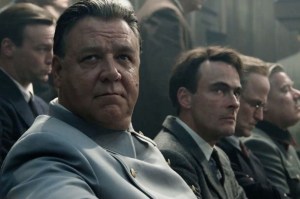
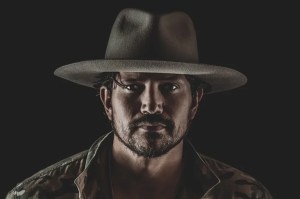
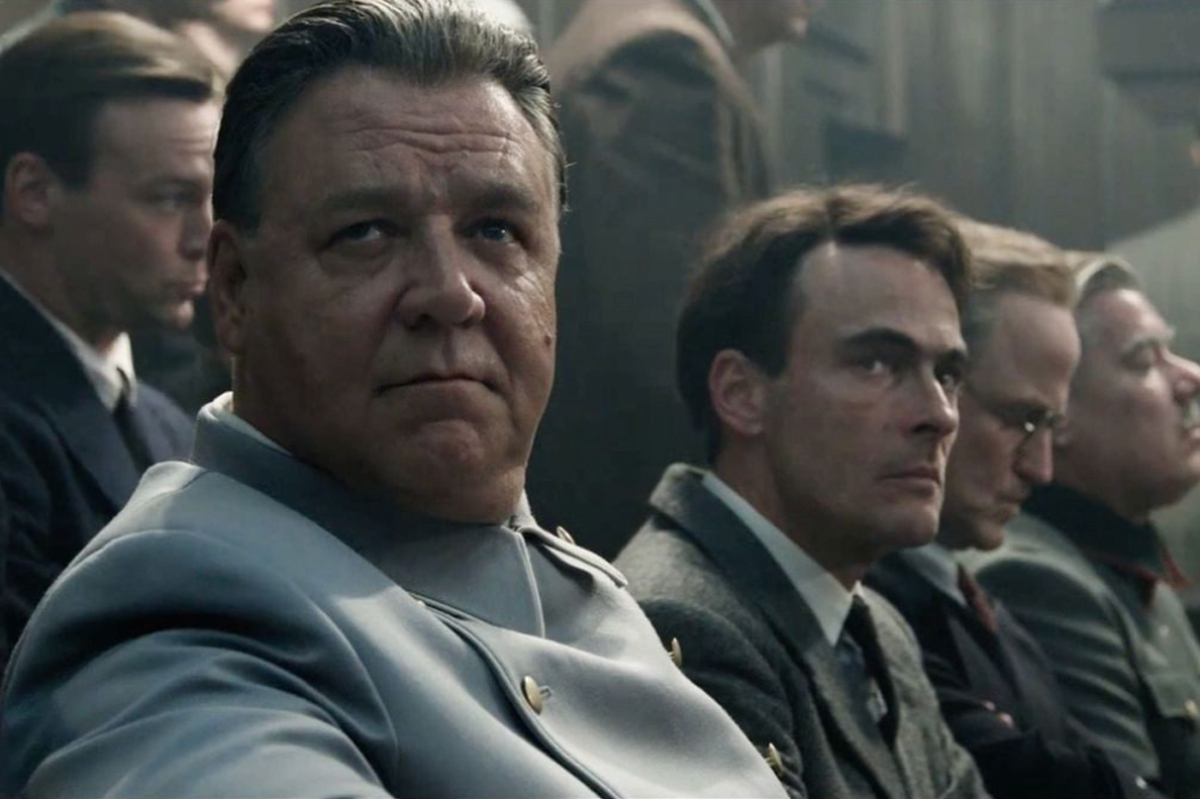


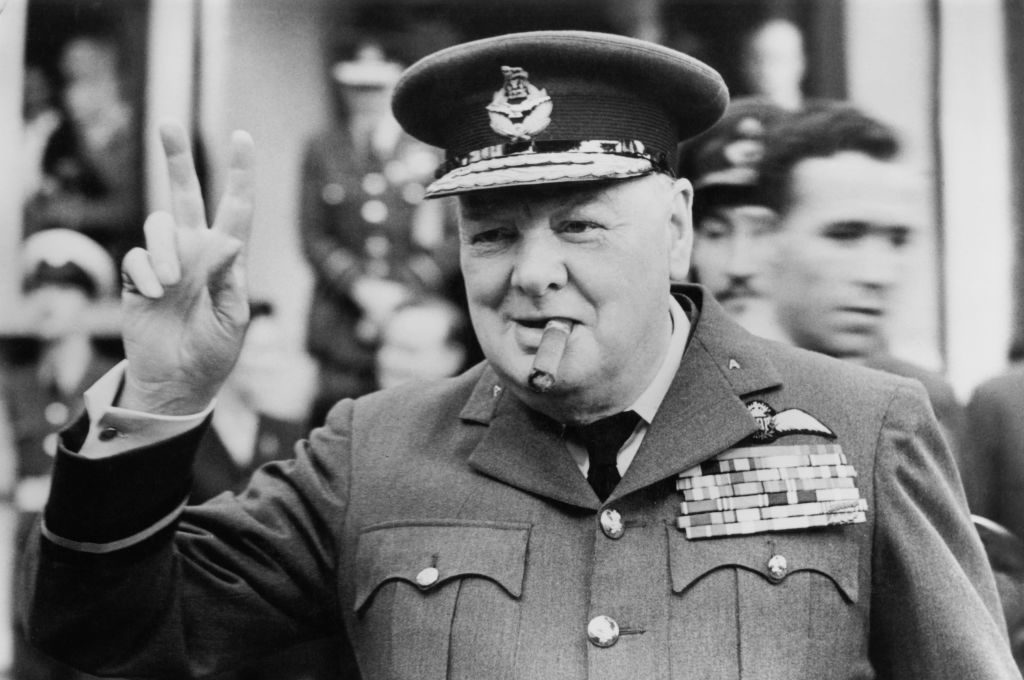
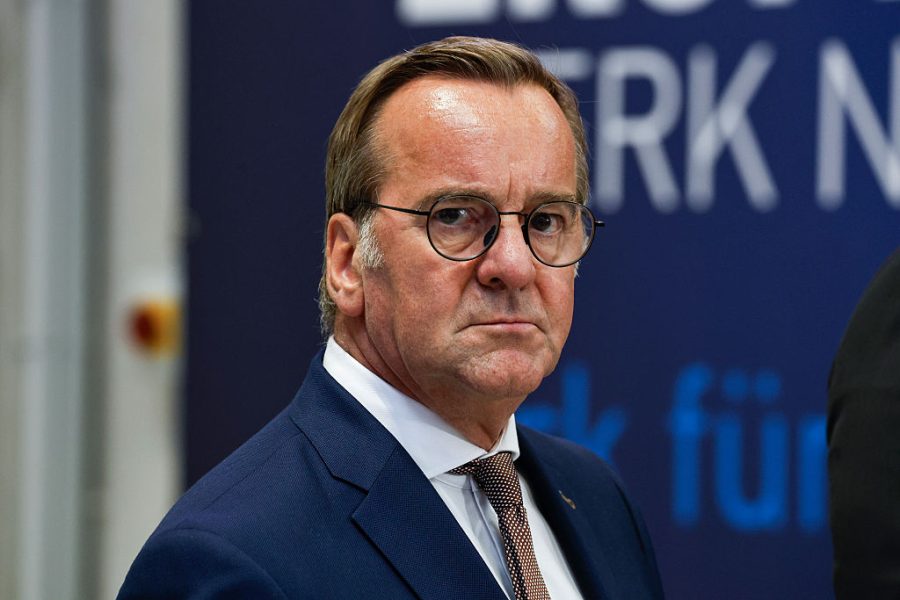


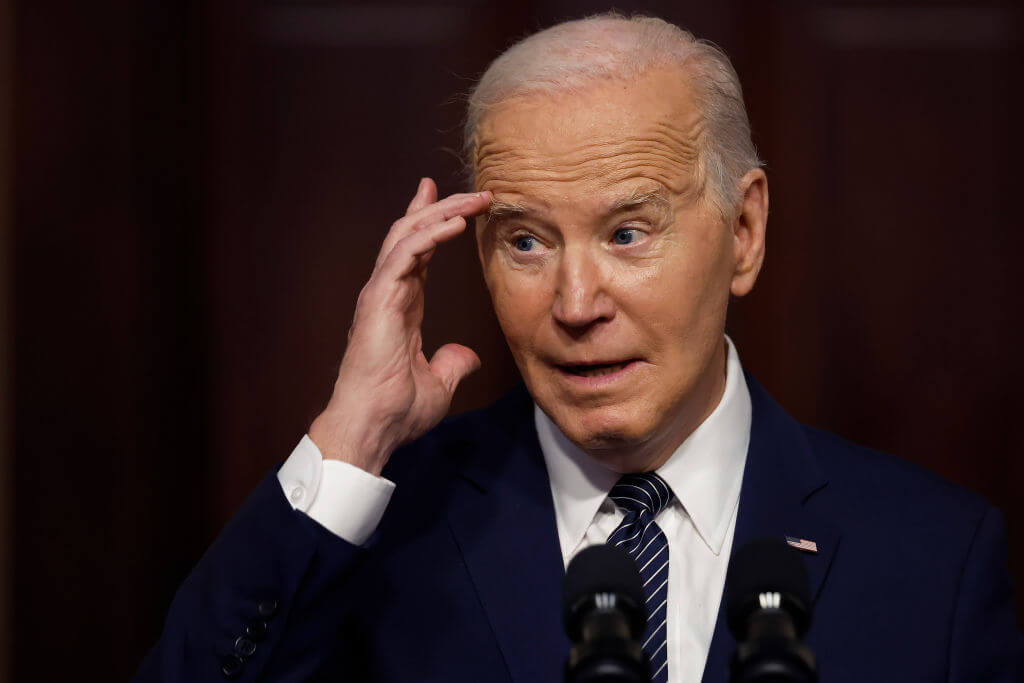


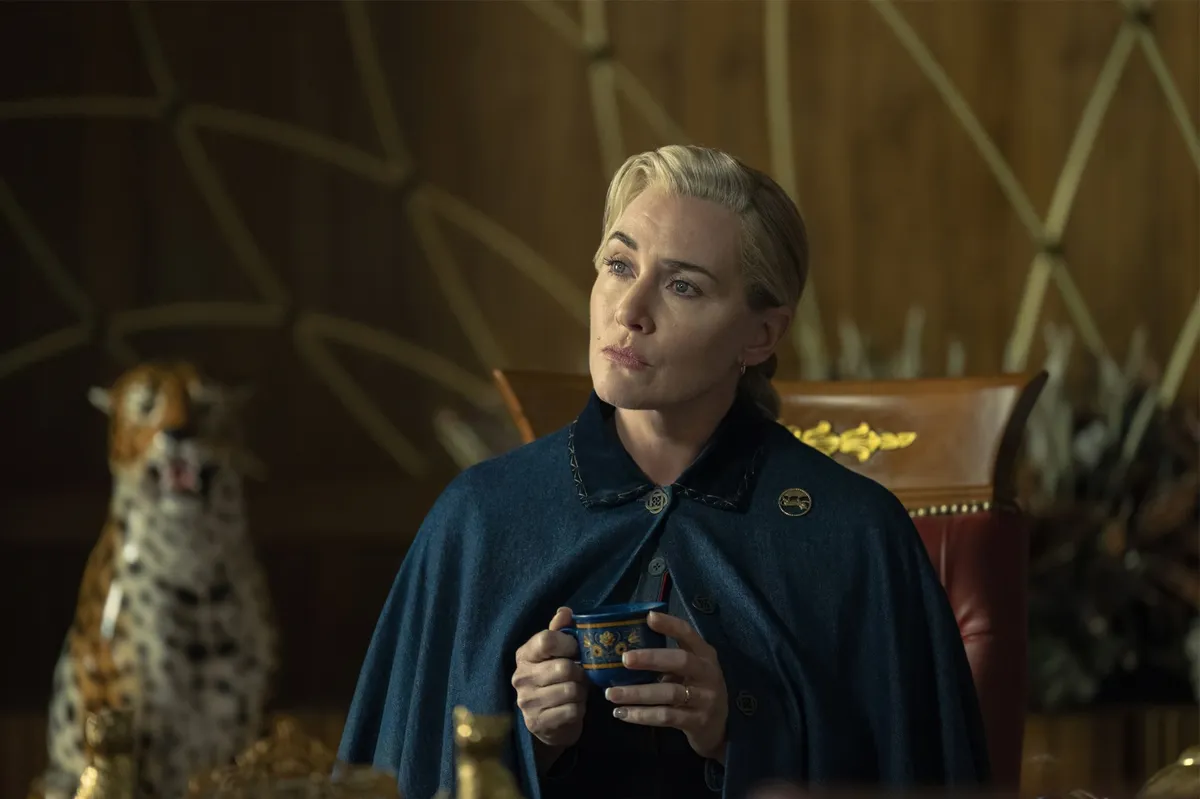
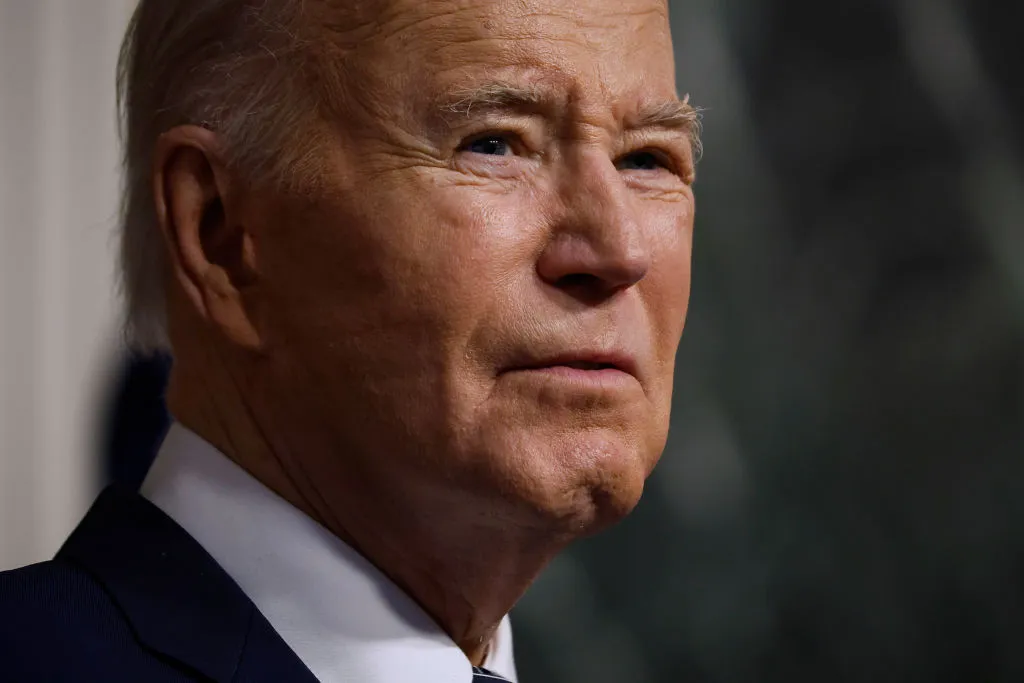

Leave a Reply